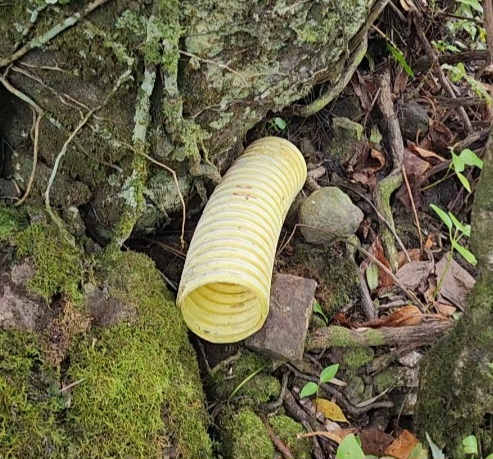Restoring Balance: How Removing Rats Can Protect Cook Islands Native Vegetation and Wildlife
From birds to plants, invasive rats have wreaked havoc on island ecosystems worldwide, and the Cook Islands are no exception. Island ecosystems are especially vulnerable to rats and other introduced predators that the native plants and animals are not adapted to and are therefore defenseless against.
So what makes these rats so invasive? Rats are intelligent and highly adaptable animals and can reproduce very quickly. They have a broad diet of seeds, flowers, fruits, snails, lizards, and birds. By predating native species and competing with others for food, their impact spreads throughout ecosystems and can alter their entire structure and function.
Ship rats, one of the three species found in the Cook Islands, are particularly damaging and have been associated with the decline or extinction of over 60 vertebrate species worldwide. By scavenging the seeds, shoots, and flowers of plants, rats can also suppress populations of native plants and destroy cultivated crops. Rats also have s the ability to spread disease, impact agriculture, and be a nuisance around homes and businesses. Controlling rat populations to minimise these impacts should be a priority.
To counteract these effects, rat populations can be controlled using a few methods. Eradications (complete removal) are the gold standard, but are challenging, requiring a large-scale coordinated effort, significant resources, and the cooperation and support of local communities. On the other hand, suppressing rat populations involves ongoing effort rather than the costly one-off approach for eradication, but is more realistic in many situations.
Limiting the rat populations can still have sizeable benefits for wildlife, helping them coexist alongside rats. Many community-led rat control initiatives have seen dramatic benefits. In New Zealand, many communities run volunteer or council-run trapping networks. As a result, there are countless stories of birds and lizards returning to places where they haven’t been seen in decades. Closer to home, we have our own remarkable success story in the Takitumu Conservation Area (TCA). In the late 80’s, the kākerōri population was plummeting towards extinction. A team of local conservationists with technical support from the NZ Department of Conservation started rat control efforts after they learned rats predated on kākerōri nests and were likely the driver behind their decline. The Takitumu Conservation Area was established in 1995 by the three land owning families of the area where the kākerōri were known to live. Additional support was provided for several years through the South Pacific Biodiversity Conservation Project (SPBCP). After 35 years of rat control during the kākerōri breeding season, their population has made an incredible recovery (from 29 to over 500) and is now doing very well within the TCA. Other species have also benefited within the TCA, including native plants that are springing up and fighting back against the weeds.
Outside the TCA, however, native wildlife remains vulnerable. Kākerōri are rarely seen in Rarotonga’s forests, but they—and other native species—could return with broader rat control efforts.
In the coming weeks, we will share another article on how we can fight back against rats through small or more widespread actions. Together, we can help restore the balance to our beautiful Cook Islands’ ecosystems and protect the incredible flora and fauna that make them so unique.

